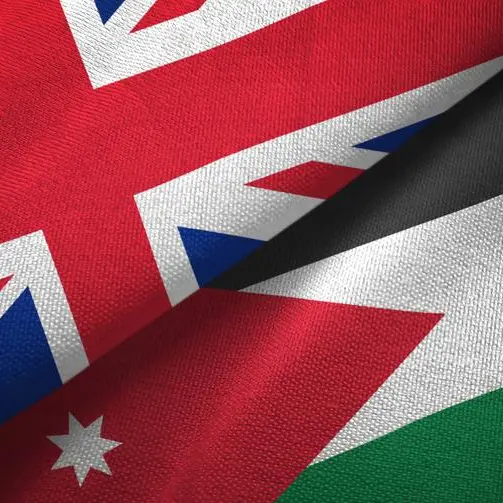PHOTO
LONDON - Dutch 30-year and Irish 10-year government bond yields turned negative for the first time on Monday as euro zone yields sank further amid an escalation of the U.S.-China trade and currency war and concerns about a no-deal Brexit.
China on Monday let the yuan fall beyond 7 per dollar for the first time in more than a decade, in a sign Beijing might be willing to tolerate further currency weakness as the trade dispute worsens.
The 1.4% drop in the yuan comes days after U.S. President Donald Trump surprised financial markets by saying he would impose 10% tariffs on the remaining $300 billion of Chinese imports from Sept. 1, breaking a month-long trade truce.
The move lower in bond yields extends declines from Friday that saw Germany's 30-year yield turn negative for part of the trading day, meaning that for the first time the entire German yield curve was below zero.
On Monday morning, the yield dropped another seven basis points to a low of -0.053%. Ten-year bund yields were at -0.53% .
Dutch 30-year government bond yields also dropped below zero to a day's low of -0.053%, bring the whole curve negative for the first time.
"The CNY above 7 has triggered more risk off in global bonds which is why safe-haven bond yields have continued to fall," said Rainer Guntermann, rates strategist at Commerzbank.
Some analysts suggested the fall in yields also reflected a move by Chinese authorities to buy Bunds instead of U.S. Treasuries.
"There is speculation that the PBoC could intervene and buy bunds," said Rainer Guntermann, a rates strategist at Commerzbank. "If they were to slow the weakening of the CNY they would buy Treasuries, but in this situation they could switch towards Bunds."
Irish 10-year government bond yields also dipped into negative territory at -0.005% as investors shifted their focus from Brexit to more global concerns.
Irish 10-year bonds had underperformed the broader market towards the end of last month as the risk of a no-deal Brexit appeared to rise.
Add to this the expectation of more monetary policy easing from the European Central Bank and investors shifting into riskier markets and longer-dated bonds for positive yields, he said.
Long-dated bonds continued to outperform on Monday, and most other 30-year bond yields fell by five basis points.
The rally did not exclude peripheral bond yields, which tend to rise in times of risk aversion. Italy's and Spain's 30-year bond yields were down four basis points each, despite political uncertainty in both countries.
The latest services PMI were mixed. A more positive reading from Italy stood out in a gloomy picture overall.
Italy's economy may be set for a recovery in the next few months, two surveys suggested on Monday, giving the government some breathing space as it prepares a 2020 budget in the autumn.
Italy's services showed some signs of improvement, according to IHS Markit's PMI, and national statistics bureau ISTAT said that business confidence had improved last month.
The Euro Zone Composite Final PMI, considered a good measure of overall economic health, dropped to 51.5 in July from June's 52.2, moving closer to the 50 mark separating growth from contraction.
(Reporting by Virginia Furness, editing by Larry King) ((Virginia.Furness@thomsonreuters.com; +44207 542 5477;))












